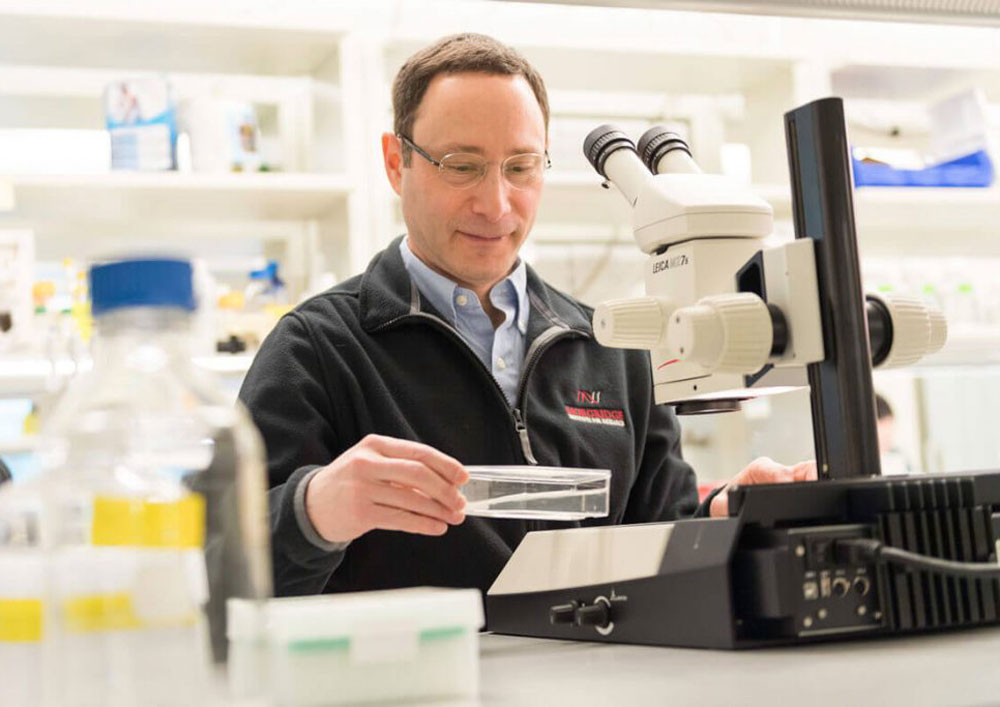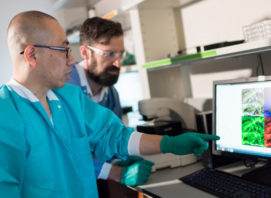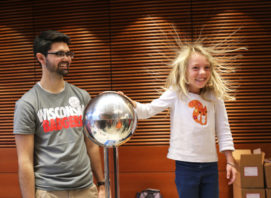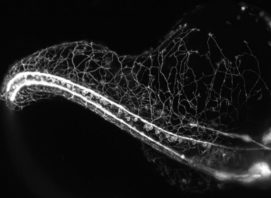Model organisms: Peculiar creatures, big discoveries
Many life-changing discoveries have come from unexpected places.
Scientific studies on the fruit fly catapulted our understanding of human genetics. E. coli led to applications for pharmaceuticals and biotechnology. Genes involved in cell division and cancer growth were first discovered in simple baker’s yeast.
In fact, many simple, surprising and even scary creatures have served as models for unraveling disease, unlocking mysteries and understanding evolution.
From axolotls to zebrafish, this story explores some of science’s classic models, others more unusual, but all with potential for increasing our understanding of biology to improve human health.
Simple beginnings: the plentiful planarian
When Phil Newmark landed in Barcelona 19 years ago—carrying a cooler full of razor blades, latex gloves and thermoses—he first looked for a butcher shop.
He bought sheep’s liver, chopped it into little pieces, and roamed the city hunting through the public fountains.
His quarry? Planarians. Small, nondescript flatworms that live in fresh water and have amazing regenerative properties.
Newmark and his research colleague needed to replenish their stock of the organisms for their lab and knew populations of planarians lived in one of Barcelona’s fountains.
“Usually you’d see tons of them in the fountain. We put on our latex gloves—because you really didn’t want to touch the water or its contents—and picked up stones and leaves looking for planarians,” Newmark says. “We were there for hours. Between the two of us we only found one planarian.”
They used fishhooks and twine to leave behind pieces of liver, a tantalizing treat, and came back the next day to find thousands of the worms.
Today, Newmark can count even more planarians in his laboratory at the Morgridge Institute for Research. As a principal investigator in regenerative biology, his lab studies these humble planarians because of their remarkable ability to regenerate virtually any part of their body from scratch.
This magnificent regeneration comes a from a population of pluripotent stem cells called neoblasts, says Melanie Issigonis, an assistant scientist in the Newmark Lab.
As long as an amputated segment contains a single stem cell, the entire organism will regenerate. Simply put, split a planarian into 10 separate pieces and you’d end up with 10 worms.
“Planarians are masters of regeneration, with virtually unlimited capacity to regenerate tissues lost to injury or aging,” says Issigonis. “This ability to regenerate comes from a population of highly potent stem cells.”
What’s especially interesting is the planarian’s ability to regenerate extends to the germline. Germ cells are considered to be immortal because they’re responsible for making reproductive cells, sperm and eggs. They create the cells that produce new life, and can be passed on to the next generation.
Planarians form their germ cells in the same way we do, and the Newmark Lab is studying this process to better understand infertility in humans.
“It’s an interesting question from a basic biology standpoint, but there are also important clinical implications,” Issigonis says. “Infertility is a large and growing problem in our society. Around 15 percent of couples have fertility issues, and that number keeps getting worse.”



